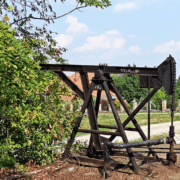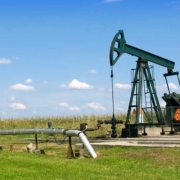If you own mineral rights, then you can potentially earn a large amount of money by finding the right oil royalty buyers. Frequently, those buyers may actually find you. We put together this article to help you along your journey to sell your oil royalties or mineral rights.
Individuals vs. Companies – Oil and Gas Royalty Buyers
There are thousands of individuals and companies that are actively looking to buy mineral rights and oil royalties. Although the best deal should always prevail, there are a few general trends when selling oil or gas royalties to oil royalty buyers.
Person to Person Oil Royalty Purchases
Although these transactions are more common as gifts or in a will, oil royalties and mineral rights often do change hands between individuals. Here, there is not going to be as many oil royalty buyers as a commercial transaction. You will want to make sure that the person buying your mineral rights is someone you can trust. As a bonus, person to person transactions generally have a better chance to include personalized clauses to best suit your needs.
Person to Company Oil Royalty Purchases
Most commonly, a landman representing a larger oil or gas company will have an interest in buying your mineral rights. Whereas negotiations like these typically fall under strict company guidelines, there is a chance that the added resources of a firm will result in a better overall deal on the seller’s end. Because every individual case is different, it is advisable to explore individual and corporate sales opportunities.
How to Value Your Oil Royalties for Sale
Because oil and gas royalty sales are not always made public, the only way to truly value your oil royalties is by collecting multiple offers. Investors will do their due diligence in order to find the best possible price for your oil royalties, while still making it a profitable venture for themselves. By analyzing local historic data, inspecting the property, and factoring in current market prices, your potential buyers will quickly make the value of your oil royalties apparent.
Speaking to An Expert
Before you sell your oil royalties, it is a good idea to speak to an expert, like Ranger Land & Minerals. No matter how inciting an offer may be, it is crucial to communicate with someone who knows the ins and outs of oil and gas royalty transactions in order to point out red flags and ensure the best possible deal is being made.







